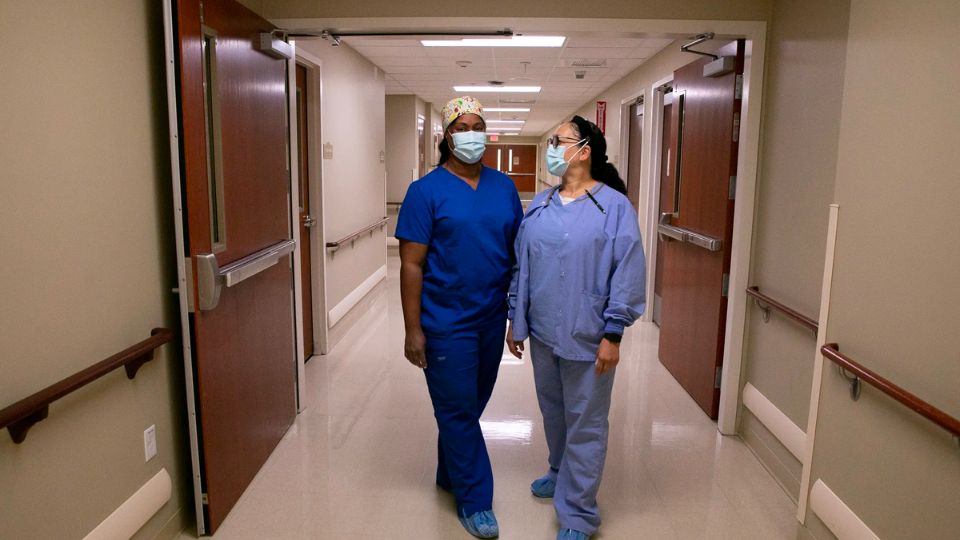Forecasts by Becker’s Hospital Review predict that a combination of factors could result in a global shortage of nearly 5.7 million nurses by 2030. Several factors in the United States are contributing to this shortage. The retirement of the baby boomer generation, the growing demand for healthcare as our population ages, a shortage of qualified educators, and the impact of the COVID-19 pandemic are all key issues. The impact of these factors is being felt in every state, but the degree to which they will affect the nursing supply varies greatly.
NursingEducation utilized data from the Health Resources and Services Administration’s Health Workforce Simulation Model. This model is a comprehensive health professions projection tool that calculates the present and future availability and need for healthcare providers. In the latest available model from 2017, a comprehensive analysis was conducted on the demographics of current health care providers, as well as current and projected population numbers. Additionally, the state of the national economy and the labor market were taken into consideration.
In this report, we have ranked the states based on the projected surplus of registered nurses in 2030. This surplus is determined by calculating the percentage change between the projected supply of RNs and the projected demand. In 2030, a positive percentage indicates a projected surplus of nurses, while a negative percentage suggests a projected shortage of nurses. In 2030, the projected surplus of licensed practical nurses will play a crucial role in breaking any ties.
Continue reading to discover how each state ranks and the efforts being made to address the crisis, such as enhancing the student-to-professional pipeline and offering financial incentives.
Florida by the Numbers
Projected surplus of registered nurses in 2030: 22.4%
2030 projected demand for registered nurses: 240,000
2030 projected supply of registered nurses: 293,700
Projected shortage of licensed practical nurses in 2030: 12.3%
2030 projected demand for licensed practical nurses: 83,900
2030 projected supply of licensed practical nurses: 73,600
Florida, a state deeply impacted by the COVID-19 pandemic, has been grappling with a significant loss of nurses. This loss, one of the highest in the nation, can be attributed to health care professionals leaving their positions due to unsafe conditions and burnout. In the face of an increasingly challenging year, certain educational institutions, such as Premier Nursing Academy, are diligently striving to mitigate the negative impact. In December 2020, the school made an announcement regarding the introduction of a new program. This program, which is free and approved by the state, aims to provide CNA training in a condensed timeframe of just four weeks.
Also Read: Listing 6 Most Poor Counties in Florida to Live in 2024
States Need Nurses the Most by 2030
- Alaska: Projected shortage of registered nurses in 2030: 22.7%
- South Carolina: Projected shortage of registered nurses in 2030: 16.6%
- South Dakota: Projected shortage of registered nurses in 2030: 14.0%
States Need Nurses the Least by 2030
- Washington D.C.: Projected surplus of registered nurses in 2030: 282.6%
- Wyoming: Projected surplus of registered nurses in 2030: 50.9%
- New Mexico: Projected surplus of registered nurses in 2030: 44.9%



Leave a Reply